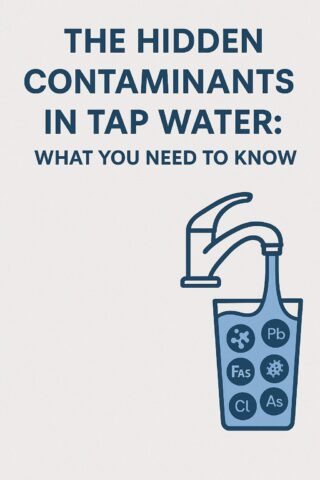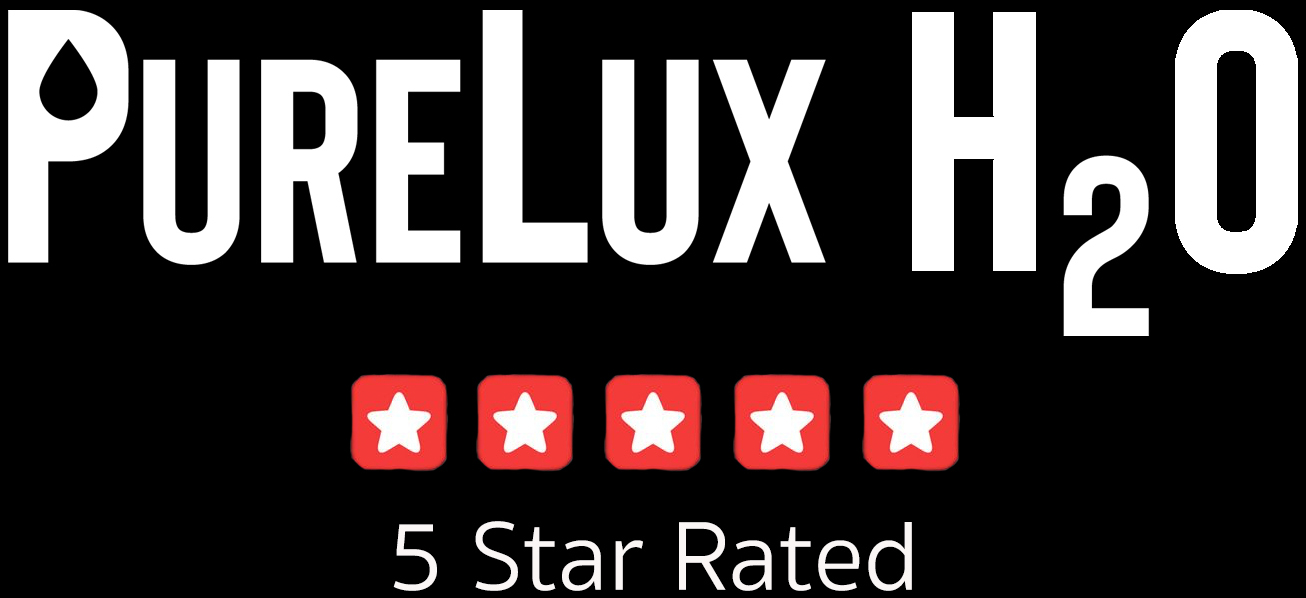
The Hidden Contaminants in Tap Water: What You Need to Know
Most people assume tap water is safe, but most of the time, it can contain harmful contaminants. Even water that meets regulatory standards may include chlorine, heavy metals, pesticides, and microplastics. Why? The EPA (Environmental Protective Agency) is very lenient with what they allow in the water. It would cost them hundreds of millions to create an infrastructure that removes everything from the water, so they save tail by approving a certain amount of contamination. Here’s what could be lurking in your tap water—and how to remove it.
Common Contaminants Found in Tap Water
🔹 Chlorine & Chloramines – Municipal water treatment facilities use chlorine to disinfect water, but excess levels can lead to a strong chemical taste and dry skin or hair. Chloramines, a combination of chlorine and ammonia, are used as an alternative disinfectant and can be harder to remove with simple filtration.
🔹 Lead – Aging infrastructure can cause lead to leach into drinking water, especially in older homes with lead pipes or plumbing fixtures. Even low exposure to lead can have significant health risks, particularly for children.
🔹 Pesticides & Herbicides – Runoff from agricultural areas can introduce harmful chemicals into the water supply. These substances may be linked to various health concerns, including endocrine disruption and certain cancers.
🔹 Microplastics – Tiny plastic particles have been found in tap water worldwide, stemming from the breakdown of plastic waste. Their long-term health effects are still being studied, but their presence raises concerns about potential toxicity.
🔹 Fluoride – Added to municipal water supplies for dental health, fluoride has been a topic of debate. While small amounts may be beneficial for teeth, excessive exposure has been linked to concerns like dental fluorosis.
How Filtration Can Help
A high-quality whole-house filtration system or under-sink filter can remove or significantly reduce these contaminants. Reverse osmosis, activated carbon filters, and multi-stage filtration systems are particularly effective at improving water quality.
If you’re concerned about what’s in your tap water, get it tested and invest in a system that meets your needs. The peace of mind that comes with clean, safe drinking water is well worth it
